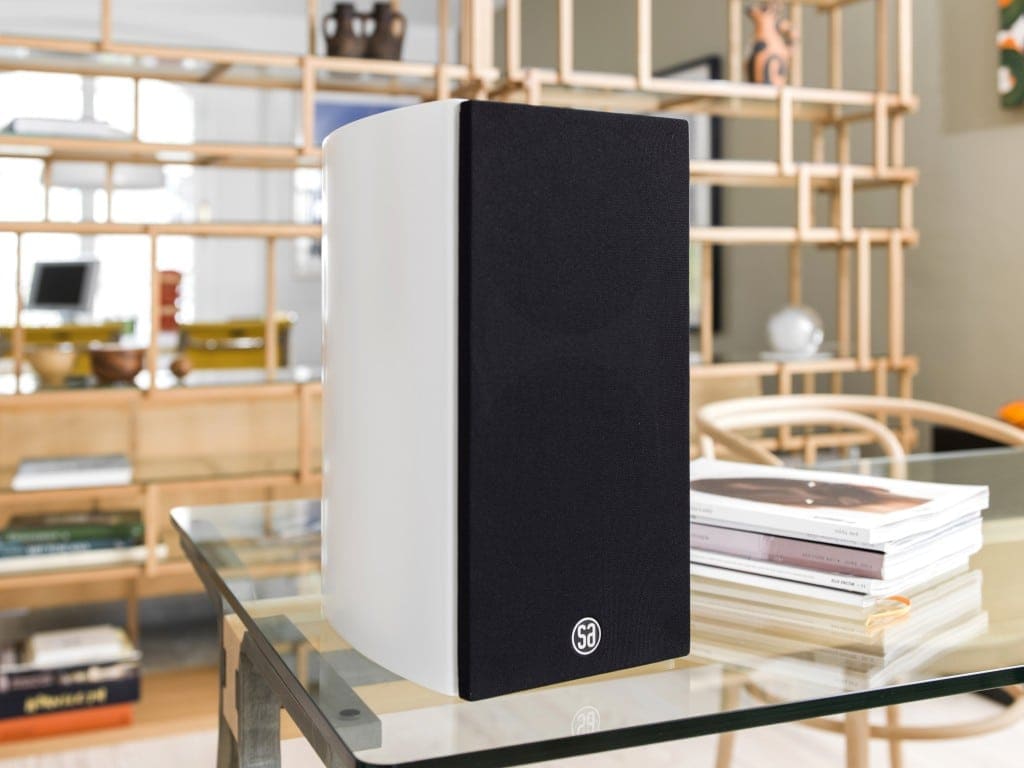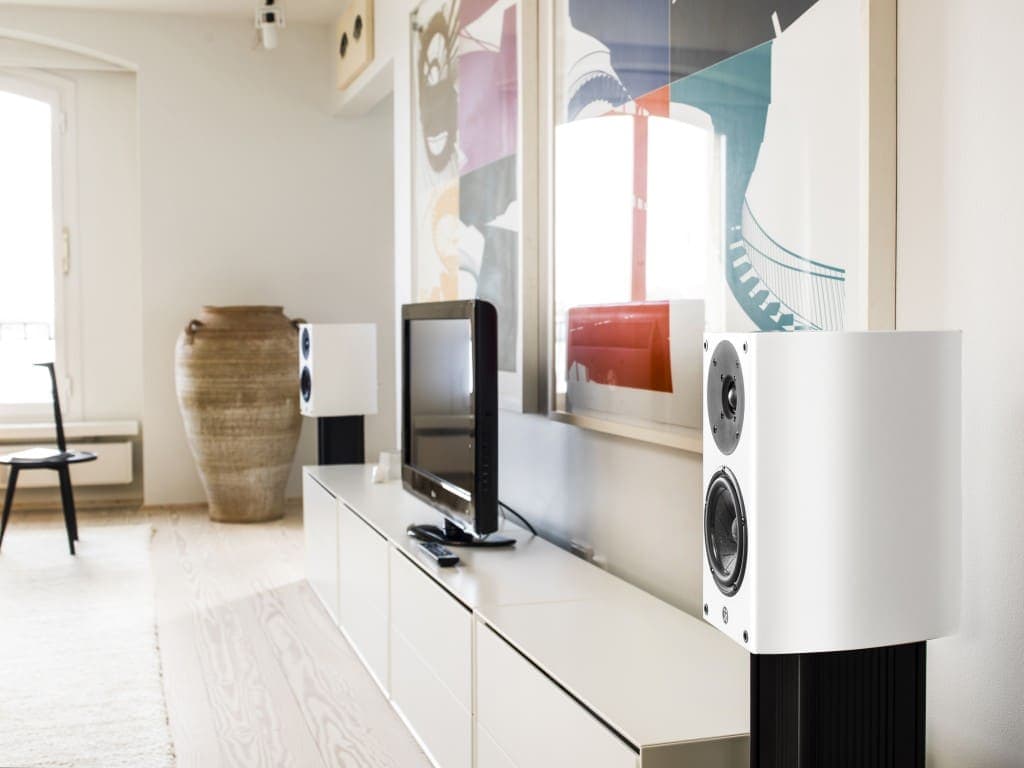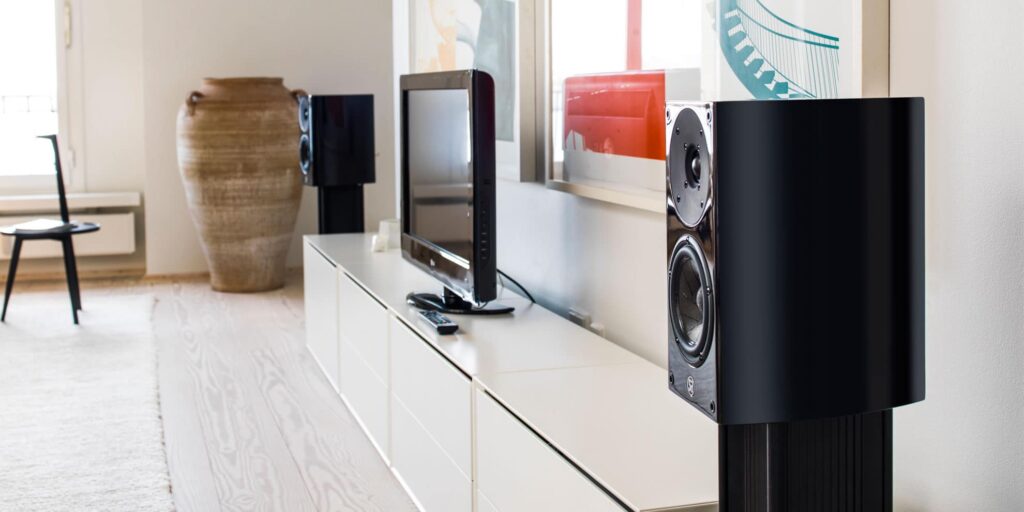SA pandion 2 is a striking innovation in loudspeakers. It breaks with tradition and sets new standards for sound quality.
SA pandion 2 is aimed at people with an ardent interest in music, who want to hear every detail and nuance of the music and who also want a compact speaker.

Created like no other
It is the first speaker in the world to be created in an open forum, where anyone could contribute, participate or just follow with curiosity.
SA pandion 2 is thus the result of 110 volunteer engineers’ careful collaboration with SA’s experienced design team on technology, acoustics, sound and many other advanced disciplines.

SA pandion 2. An incredible speaker that sounds much bigger than it is
Outstanding result
The speaker truly sets new standards for sound and can in no way be compared to an ordinary small speaker. The sound is bigger and far more vibrant than you’re used to hearing from small speakers and SA pandion 2 even outperforms many much larger speakers in sound quality.
The sound supports all kinds of music and gives the experience of being close to the artist. The feeling of closeness gives the experience a special atmosphere, and the exceptionally clear sound makes you want to hear more.
The speaker’s sophisticated acoustics mean you can move freely around the room and still experience the nuances of sound wherever you are.
Speaker builder Ole Witthøft is behind the award-winning blog Speaker Q113 at www.ing.dk. Read about the making of SA pandion 2 and get a peek into a fascinating world where Danish engineers collaborate and share their respected knowledge of sound, people, technology and more.
- Dimensions (WxHxD) cm: 19×34,5×26,5
- Power handling: 200 Watts
- Frequency range (+/- 1.5 dB): 40 – 25.000 Hz
- Impedance: 4-8 ohm
- Sensitivity (1W, 1m): 87 dB
- Crossover: 2000 Hz (24 dB/oct.)
- Woofer: 15W/4531G08 Q113
- Tweeter: D2905/990007 Q113
- Construction: 2-way bass reflex
- Rec. amplifier: min. 70 Watts
- Packing method: in pairs
- Weight loudspeaker (kg): 8 kgs. per piece
- Finish: white satin or high gloss black

